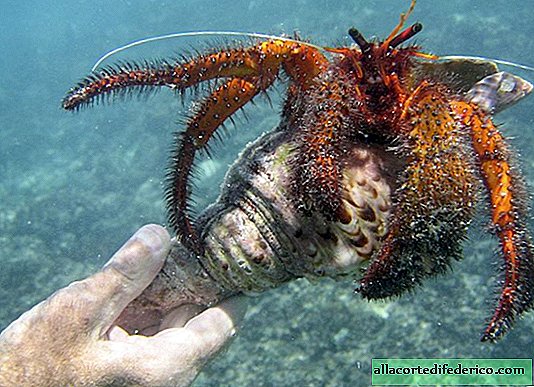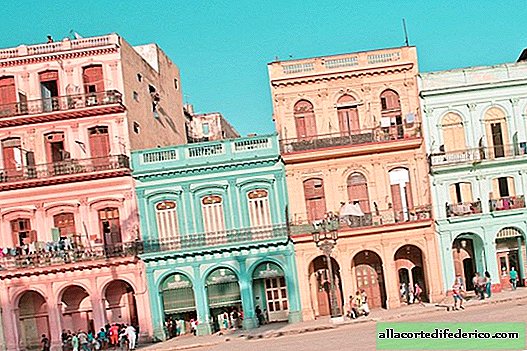Unusual Spanish river: why the water in Rio Tinto is so red
The small Spanish river Rio Tinto is a local attraction due to the unusual color of its water. The water in Rio Tinto is saturated red, which is reflected in the name of this unusual reservoir. But the reason for this anomaly is not in river microorganisms or coloring algae. What happened to this river can be considered one of the oldest environmental disasters on the planet, provoked by people. The whole blame is the extraction of copper ore, which has been conducted in these places for a long time.

Historians believe that people mined gold and copper in the Rio Tinto Valley 5 millennia ago. Most likely, the first to discover mineral deposits were the Iberians, the ancient inhabitants of the Iberian Peninsula. They mined copper in the valley from about 3 millennium BC, and later the ancient Romans conducted metal mining here, which significantly expanded mining. Later, already at the time of the Moors, who came to the peninsula from Africa, the mines were abandoned. Industrial development here resumed only during the Middle Ages, when the Spanish state already owned the deposits.
With the development of mining, the Rio Tinto Valley has become the largest industrial area, where minerals are extracted from the richest pyrite and polymetallic ores. Until now, not only copper is mined here, but also silver, gold, lead and zinc. Here, in the province of Huelva, there is a mining and processing plant and metal smelting plants.

Rainwater from the ore mining area gradually fell into the river, changing its chemical composition and appearance. Mineral elements dissolved in water, including heavy metal salts and iron compounds, made Rio Tinto a deep red color. In addition, water has an abnormally high acidity - PH is 2-2.5, while in ordinary rivers this indicator is in the range of 6.5-8.5. Due to such a rich chemical composition, water from this river should not be contacted, as guides who organize tours of the valley of the oldest mines invariably warn.


















